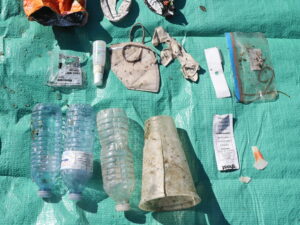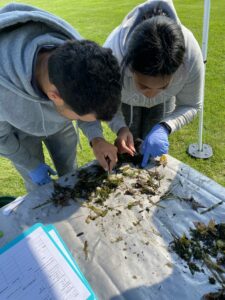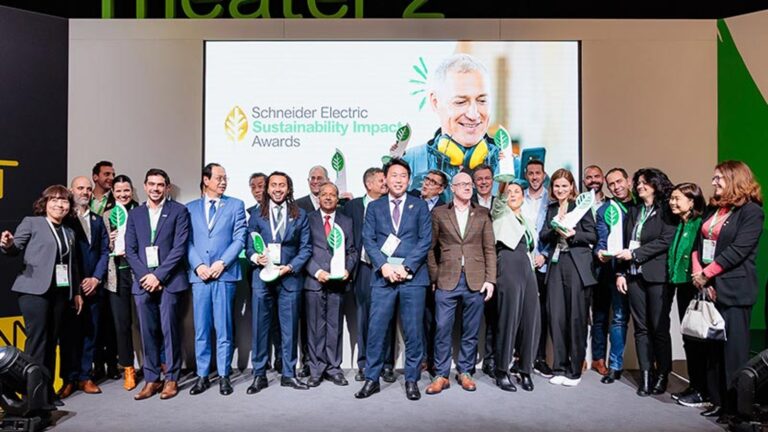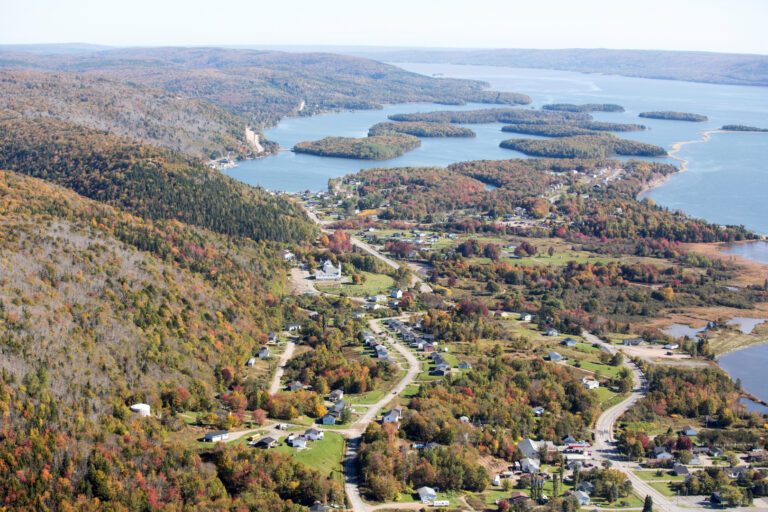Sunday, July 6, 2025
As Canadians prepare to celebrate the Victoria Day holiday on beaches across the country, it’s worth remembering that the Great Lakes are the largest freshwater system on the planet, accounting for about one-fifth of the world’s surface fresh water. At this time of year, during the summer holiday season, organizations such as Pollution Probe are reminding businesses and the public to be responsible with their actions when it comes to consumption and waste management.
Variations in lake depth, climate, and geology in the region help sustain rich diversity, including more than 350 species of fish and over 3,500 plant and animal species, some of which are found nowhere else on Earth. And more than 40 million people rely on the Great Lakes for everything from drinking water to power generation for their homes and businesses.
“We all have a role to play in ensuring plastic does not end up in our environment and our Great Lakes, where it can have devastating effects,” says Melissa DeYoung, director of Policy and Programs at Pollution Probe. “Simple actions like ensuring plastic waste is appropriately disposed of or using reusable products, where possible, can have a big impact on preventing plastic pollution.”


Modelling points to an estimated 10 million kilograms of plastic, including bottles, food packaging, and microplastics, flowing into the Great Lakes each year and approximately 80 per cent of all litter found during shoreline cleanups is plastic. In fact, the concentration of microplastics in the Great Lakes is on par with what is found in the ocean’s garbage patches. (Image credit: Pollution Probe.)
Research has linked microplastics to a range of health impacts for aquatic organisms, including inflammation, oxidative stress, changes to gene expression and reduced growth and feeding. In addition to the challenges for wildlife, plastic pollutes the water, destroys shorelines, and affects the people who live in the region.
The Great Lakes Plastic Cleanup
In 2020, Pollution Probe and the Council of the Great Lakes Region (CGLR) launched the Great Lakes Plastic Cleanup to tackle plastic pollution head-on. The initiative is the largest of its kind in the world, using innovative plastic capture technology to remove plastic and other litter from Lake Ontario to Lake Superior and everywhere in between.
The initiative currently has 34 sites across the Canadian side of the lakes and more than 40 in U.S., with more than 90 organizations collaborating to keep plastic out of the Great Lakes.
Through research, outreach and education, the Great Lakes Plastic Cleanup is gathering data on plastic and debris entering our waterways and identifying how government, industry, and consumers can work together to reduce, reuse, and recycle material waste.
The Great Lakes Plastic Cleanup is contributing to the need for more data to better understand the amount and types of plastic debris found and their impacts on the unique Great Lakes Basin ecosystem.
Types of plastic capture devices used by the Great Lakes Plastic Cleanup in Canada:
- Seabin: A trash skimmer designed to be installed in any water with a calm surface. It acts as a floating garbage bin, intercepting floating debris plus macro and microplastics.
- LittaTraps: Catch basin basket that collects debris and prevents them from entering stormwater drain systems.
The findings so far
The amount of debris collected by plastic capture devices can differ dramatically by day, depending on a wide range of factors, including the location of the site, where the technologies are installed on-site and weather conditions.
Over the past three years, the initiative’s participating marinas reported diverting close to 115 kilograms and 120,000 pieces of plastic from the Great Lakes, or an average of 31 grams and 115 pieces of plastic per Seabin each day. The devices continue to collect debris even on days when data is not reported, meaning the amount of plastic they remove is actually much greater.
Data collected over the past three seasons is contributing to building an increasingly detailed plastic profile for each of the lakes, mapping trends on types and sources, informing the initiative’s efforts to prevent plastic pollution, and remove that which has found its way into the environment.
Microplastics (plastic particles <5mm in size) make up the majority of the debris collected by the Great Lakes Plastic Cleanup and its network, with the top three items found in 2022 being small foam pieces, small hard plastic fragments, and small film pieces. Many of these microplastics are found entangled in organic material removed by the plastic capture devices.
Ways to prevent plastic pollution
There are some key ways businesses and individuals can move the needle to prevent plastic pollution:
- Using alternatives- Plastic alternatives or reusable products where possible (e.g., reusable bags, bottles and containers) instead of single-use plastics.
- Shop local – Local shops not only support the community but often use less plastic packaging and produce less waste.
- Plan ahead – Bring a trash bag when out at local parks or the beach and throw away any garbage you bring, and make time to leave the beach and water the way you found it.
- Be proactive – As a business, consider whether there are opportunities to install a plastic capture device onsite to prevent plastic litter from entering the stormwater system. If you are walking along a shoreline, carefully pick up and appropriately dispose of any garbage you see.
- Be responsible – If you’re having a bonfire, do not burn your garbage. Burning garbage can release harmful into local the waterways, and burned plastic can blow into the water. Do not throw plastic overboard when you’re out on a boat; collect your debris and dispose of it appropriately when back on shore.
- Recycle – Be sure to use recycling bins to manage your plastics appropriately and make sure they don’t end up at landfills or in our water.
- Get involved – Participate in the Great Lakes Plastic Cleanup. Join a volunteer waste characterization event to contribute to important data collection efforts.
If you are interested in joining the initiative or would like to learn more about the Great Lakes Plastic Cleanup, visit greatlakesplasticcleanup.org or contact at info@greatlakesplasticcleanup.org.











